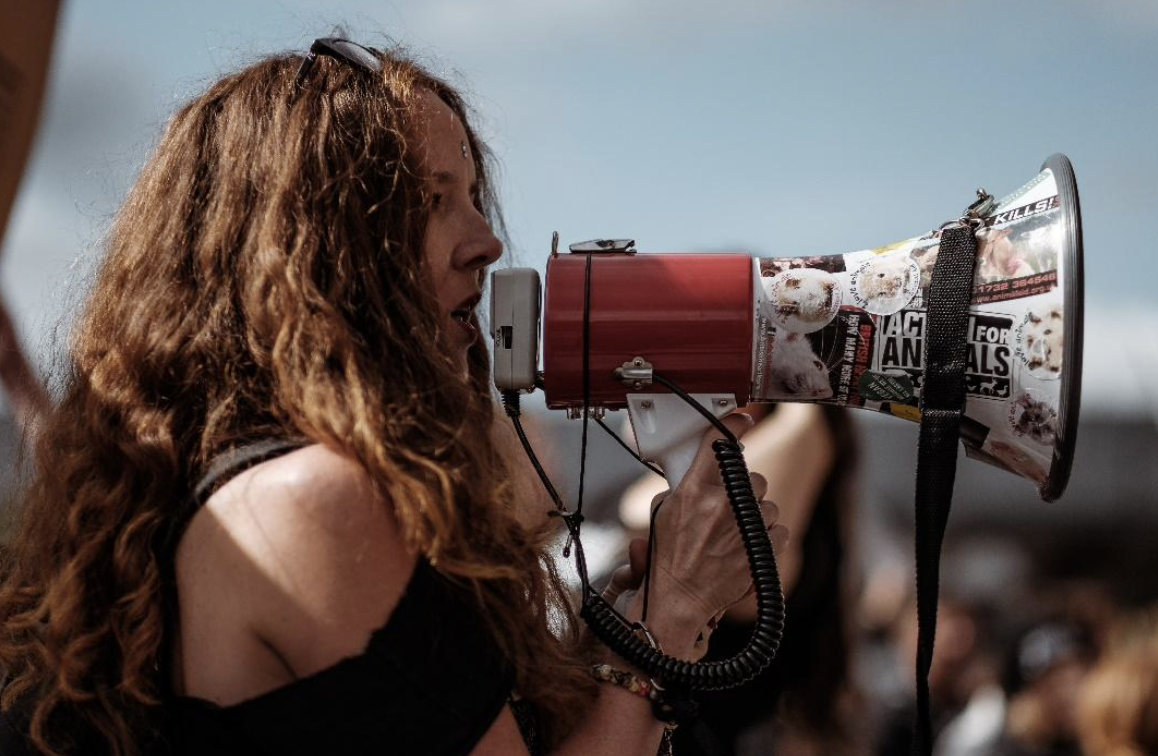Wondering How to Give a Good Presentation? Here are 7 Tips.
Last week I was one of several presenters at a client’s annual conference. From the novices to the experienced, we’d all worked hard before the conference to make the keynotes and breakouts impactful. Collectively, we implemented seven key ideas for making keynotes, breakouts, and just about any type of presentation, more powerful. As a result of applying these ideas, the attendee feedback was excellent. One presenter said to me, “Matt! Our CEO told me she thought my presentation was awesome. The ideas worked!”

For your next keynote, breakout, or other type of presentation, consider these seven ideas to make it as strong as possible. These ideas also align with my last article on the ten ways to make virtual meetings more engaging.
Follow These 7 Tips for a Good Presentation
- Start with why. This helps the group understand the problem to be solved and the benefits to solving it. You can do this by opening with a story, provocative question, or explicit problem statement. It will set up the case for change as clearly and quickly as possible. No early tension, no audience attention.
- Use evidence. To help illustrate and substantiate your points, use a variety of different kinds of evidence. The Dale Carnegie D.E.F.E.A.T.S. acronym is helpful for thinking about the different types: Demonstrations, Examples, Facts, Exhibits, Analogies, Testimonials, and Statistics. Don’t make the audience wait for more than about two minutes before giving them more evidence. Evidence adds color and depth. And it will make the message more memorable.
- Provide five or fewer clear takeaways. Everyone leaving the workshop should be able to clearly answer this question: What were the 1-5 specific takeaways that I can apply? Offer more takeaways than that, and people may be lost or overwhelmed. Make these takeaways memorable, relevant, and actionable. Repeat the takeaways several times, and make sure they tie back to the initial problem statement.
- Consider the narrative arc to the presentation. People love stories. Narratives activate emotions. Tie all parts of your workshop to a central story. Great stories begin with the tension, they move to resolution, and then they have a happily ever after, with all action supporting the narrative. Likewise, your presentation should tell this story. Show the audience how they can metaphorically slay their dragons.
- Remember the 6×6 rule for your slides. For quick and easy digestibility, don’t put more than six points on a slide and no more than about six words per point. Also, make sure everyone in the audience can understand your slide in less than six seconds. This may require some reengineering of the content, but it will be worth it.
- Get the audience involved every four minutes. Workshops are best when the audience interacts. When you’re only listening, it can get boring. Consider giving people time to discuss or practice ideas in pairs, trios, or small groups. And create some relaxed dialogue or participation with the full group. As a rule, don’t present for more than about four minutes — ideally less — before pausing to check in.
- Talk with, not at people. Be conversational. In most circumstances, even large keynotes should be a dialogue with the audience, not a download. Use inclusive language like “we,” “us,” “let’s,” “together,” etc. After all, the audience is probably your peer group, even if you have positional or subject-matter authority. This also means it’s important to not sound like a know-it-all. Project humility from the front of the room. Be transparent about your own challenges, and acknowledge the expertise of your audience.
If you have a presentation or workshop coming up that you’d like to discuss, feel free to send me an email or note on LinkedIn. Often, the minor nuances in how you open, explain, give instructions, and close your workshop make the biggest impact.
What presentation do you have coming up?









Comments are closed here.